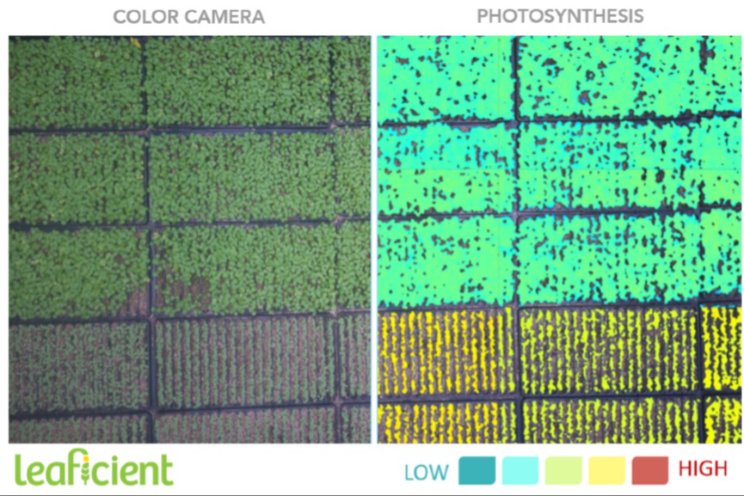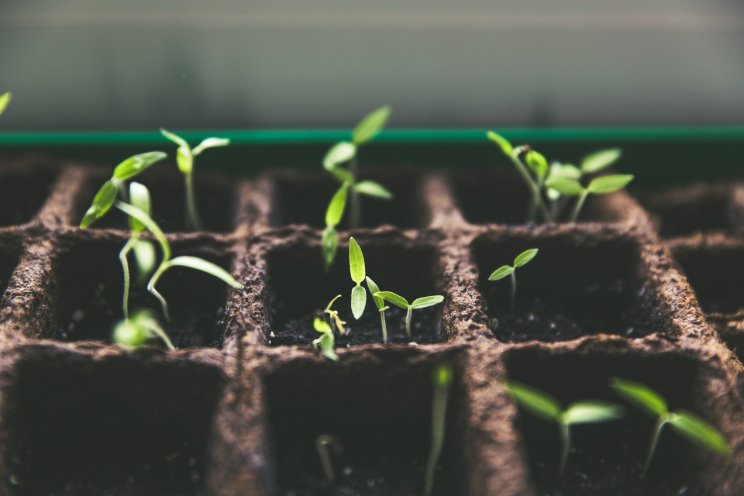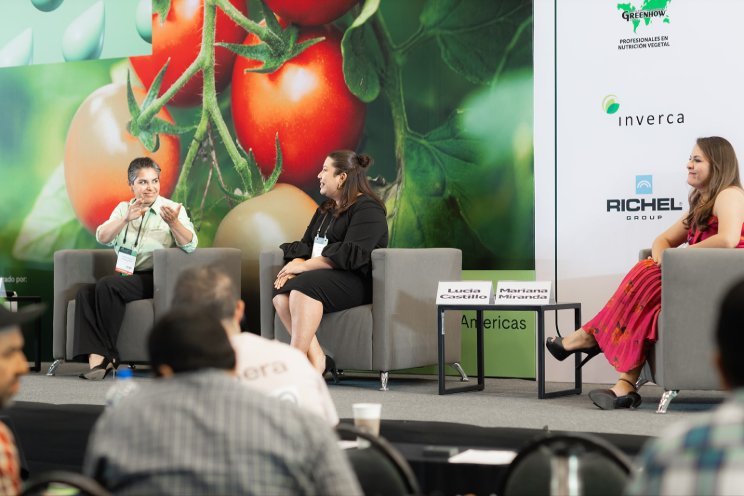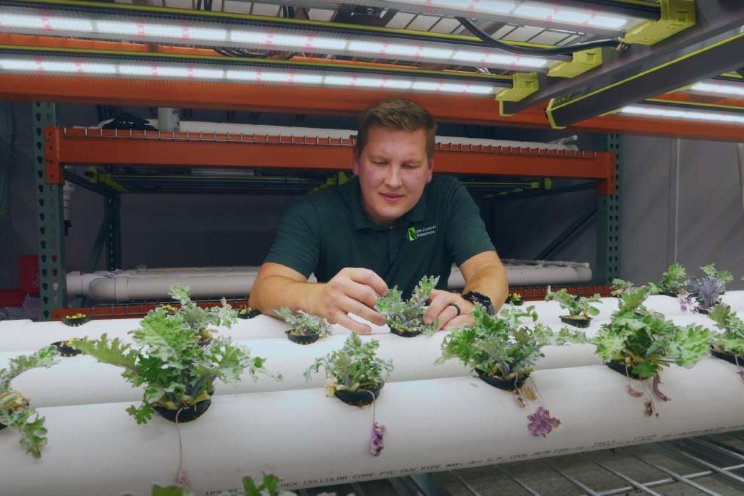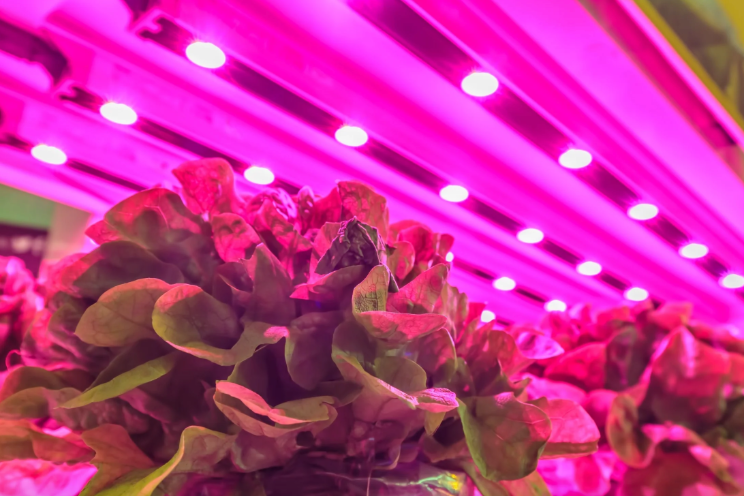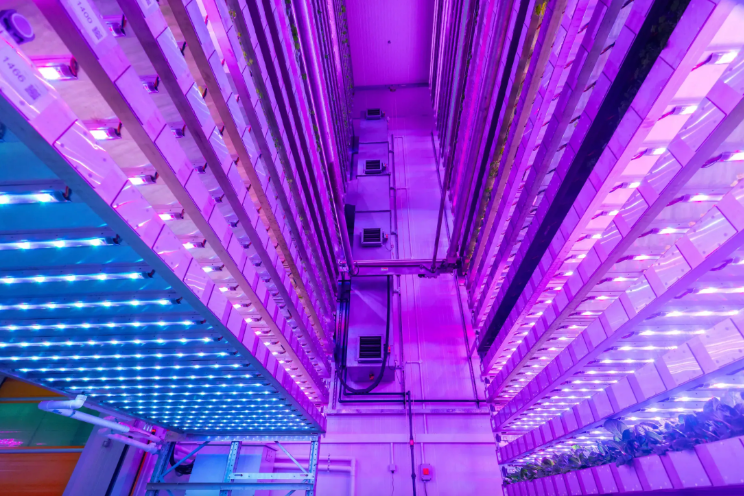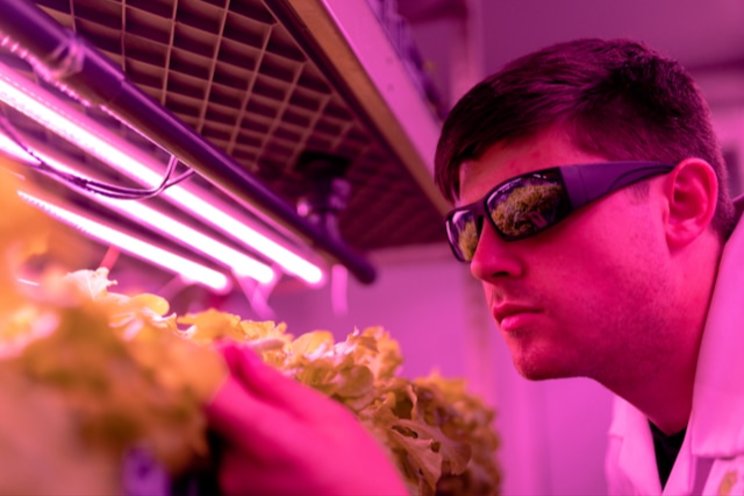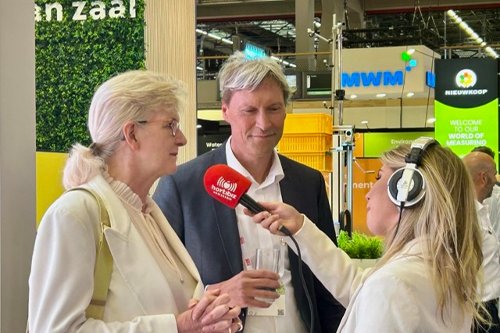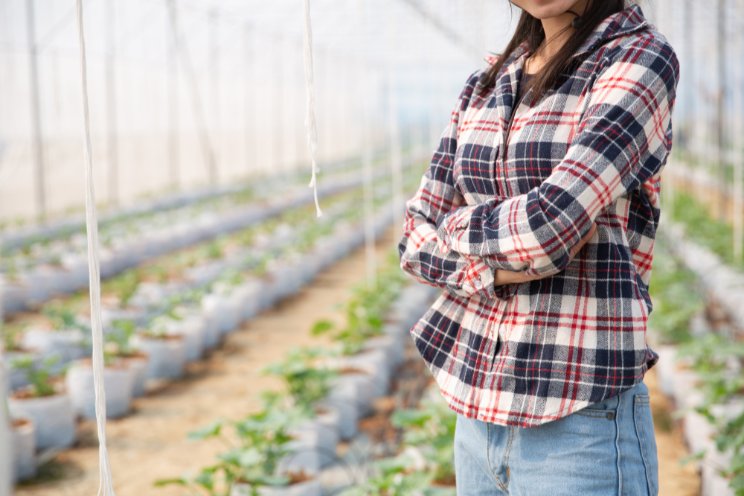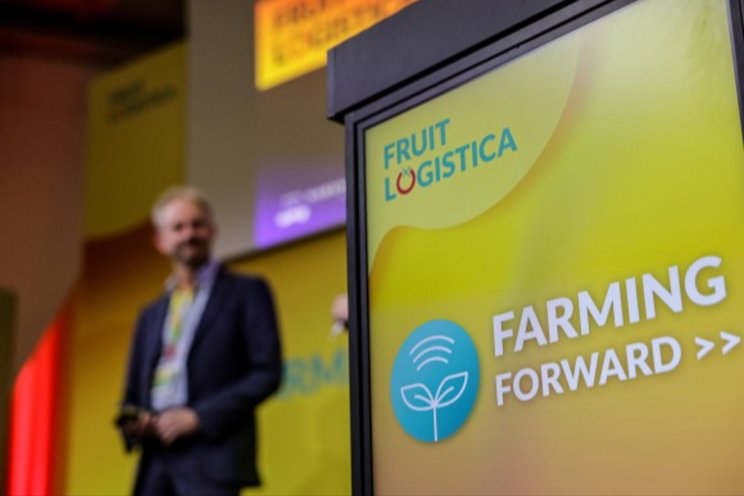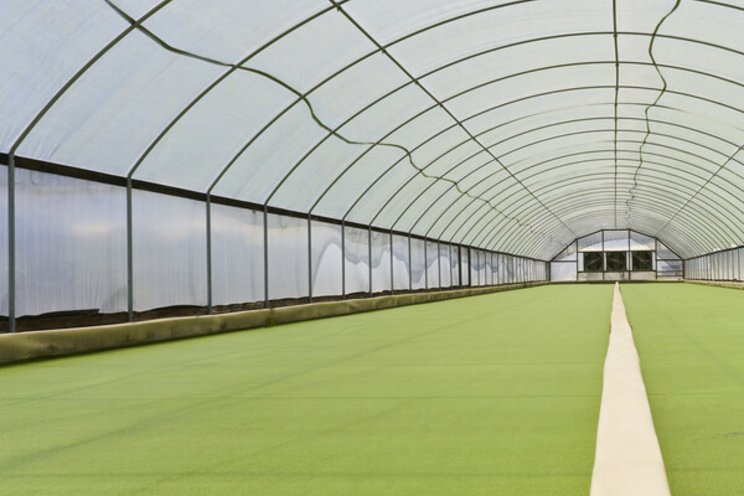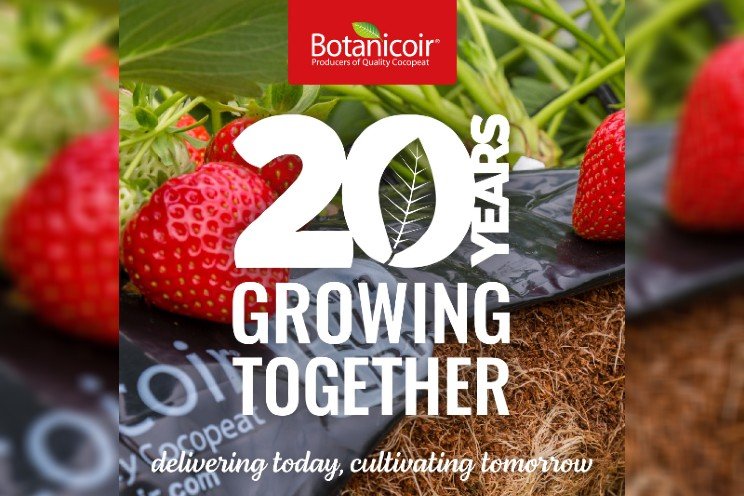Wageningen researches efficiency of vertical farming
Added on 02 February 2020
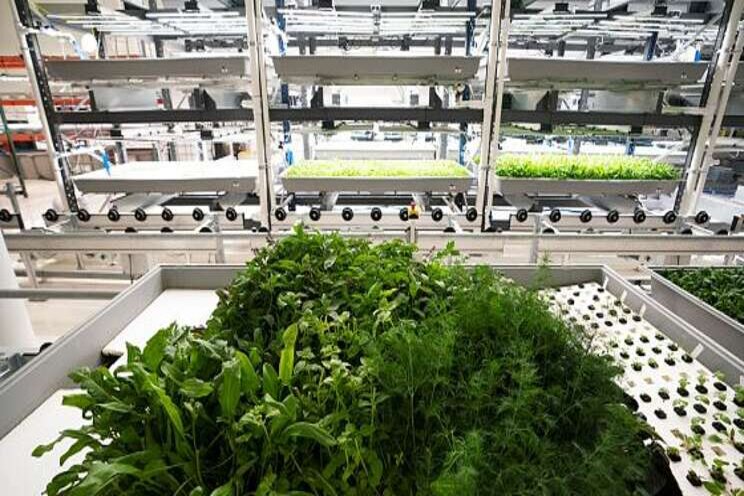
Vertical farming 1 of the solutions to global food issue
"Vertical farming will not solve food shortages. It does not lend itself to rice and cereal production, but it is good for healthy, fresh vegetables, packed with fibre and vitamin C, and grown without contamination by pesticides or harmful microorganisms. That makes vertical farming one of the solutions to the global food issue", says Marcelis.
2 to 4 litres of water to grow a kilo of tomatoes
Vertically grown vegetables can make do with much less water. "We can recycle all the water and recover most of the water that the plants evaporate. As a result, we only need 2 to 4 litres of water to grow a kilo of tomatoes, whereas we use 17 litres of water in a Dutch greenhouse and in theory at least 60 litres for soil cultivation in for example southern Europe, and in practice often 200 litres," says Marcelis.
In the closed cultivation system, nutrients such as nitrates and phosphates are also retained, while outside cultivation they end up in the soil, groundwater and surface water.
Pesticides a thing of the past
The use of pesticides is also a thing of the past, the professor emphasises. "By ensuring high hygiene levels, we can prevent insects and diseases from entering the building with employees, materials, seeds or air."
Marcelis says the fact that the vegetables are not sprayed is good for our health, the environment and the preservation of plant and animal species. Moreover, thanks to local production, no shipping over long distances is required, which means that the CO2 footprint for transport is a lot smaller.
LED light healthy for plants?
The vegetables are grown on multiple floors of a high-rise building without daylight using special LED lamps, which often emit purple or bright pink light. Is LED light healthy for plants? "If we adjust the amount, colour and duration of the light, the amount of water and the temperature and composition of the air very precisely, we can give the crops much more nutritional value. I am absolutely convinced of that; there is already evidence that these factors influence nutritional value. In addition, we can also improve taste and shelf life."
High energy consumption
Even though LED lamps are economical, a quarter of the costs goes to energy consumption says Marcelis in his blog. "If you can make substantial savings on this, the investment will become more affordable," he says. Together with colleagues, he is studying options for reducing energy consumption. "We want to ensure that the light is used more efficiently by the plant. If we can optimise the temperature, humidity, concentration of carbon dioxide and availability of water and fertilisers and can determine the optimum intensity and colour of the light for every moment of the day, we can produce much more per unit of light," says Marcelis. He also wants to improve the efficiency of climate control technologies.
Improve the crops
Current crops have been bred for outdoor cultivation and greenhouse cultivation. "We can also breed crops for these indoor circumstances, but that is a long-term task. Plant breeding projects easily take ten years." And finally, the buildings can also be made more energy efficient, for example by using the heat generated by the light for the heating of houses and offices."
Click here for more information.
Photo Credit: AFP
Source: Future Farming
More news
